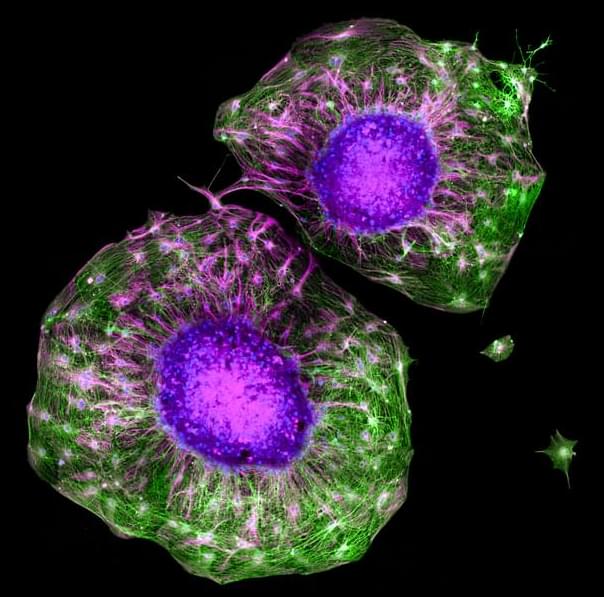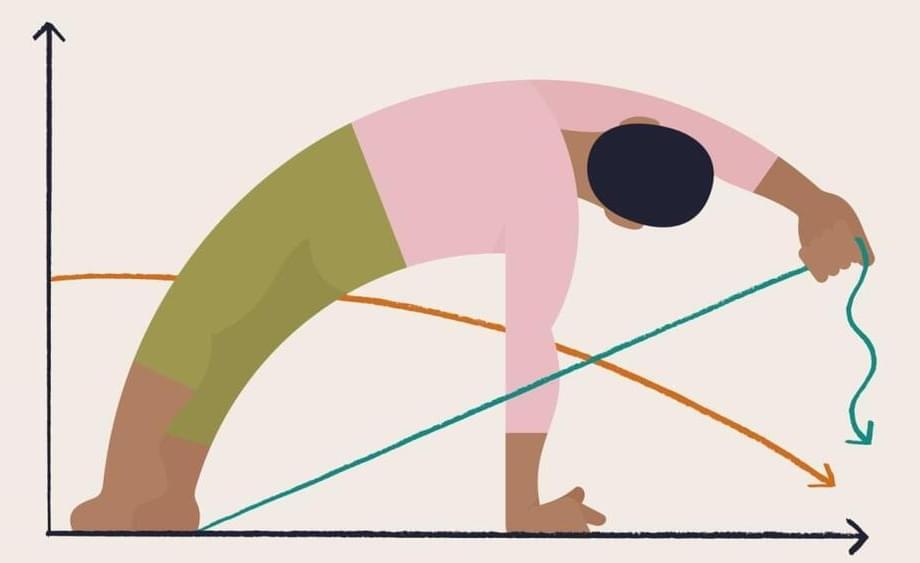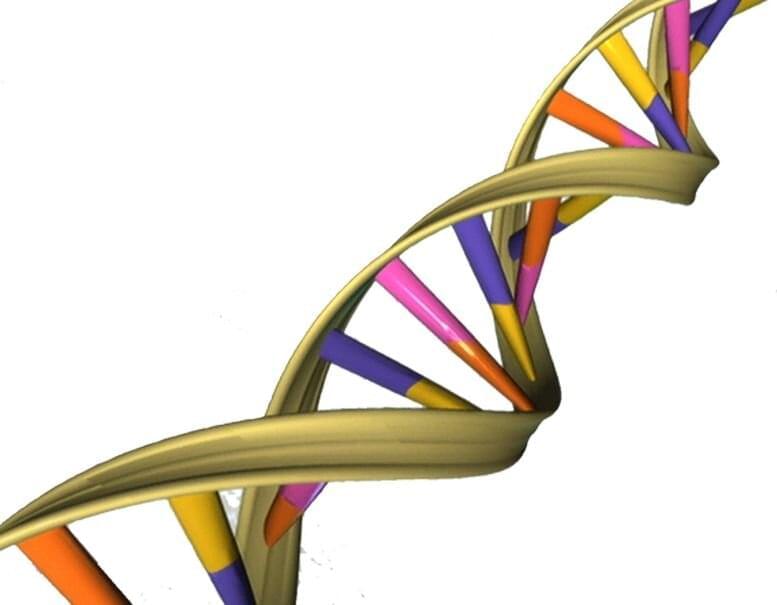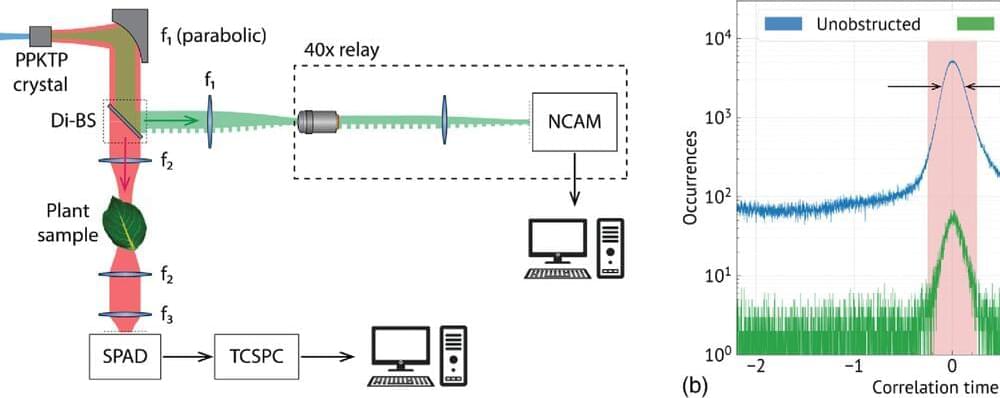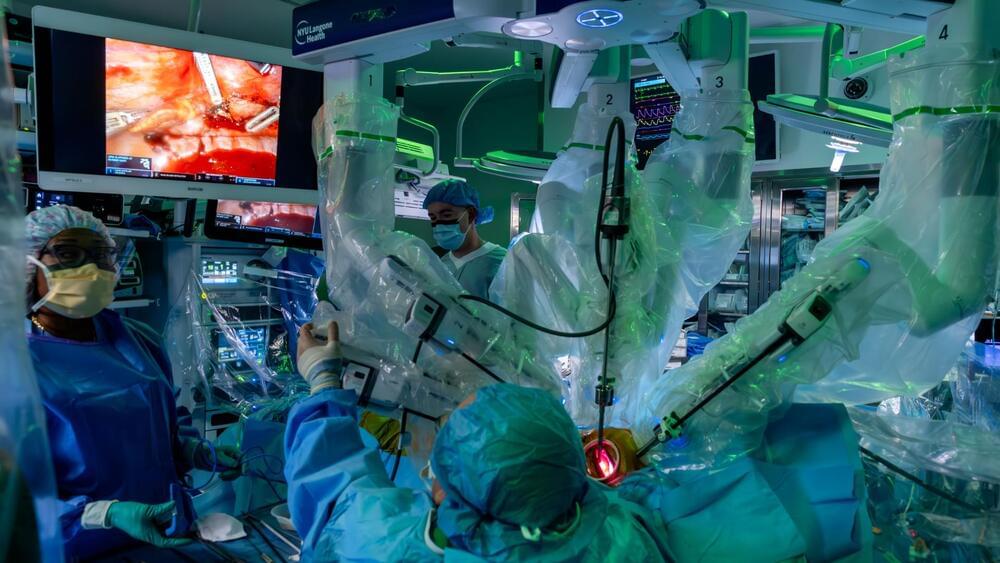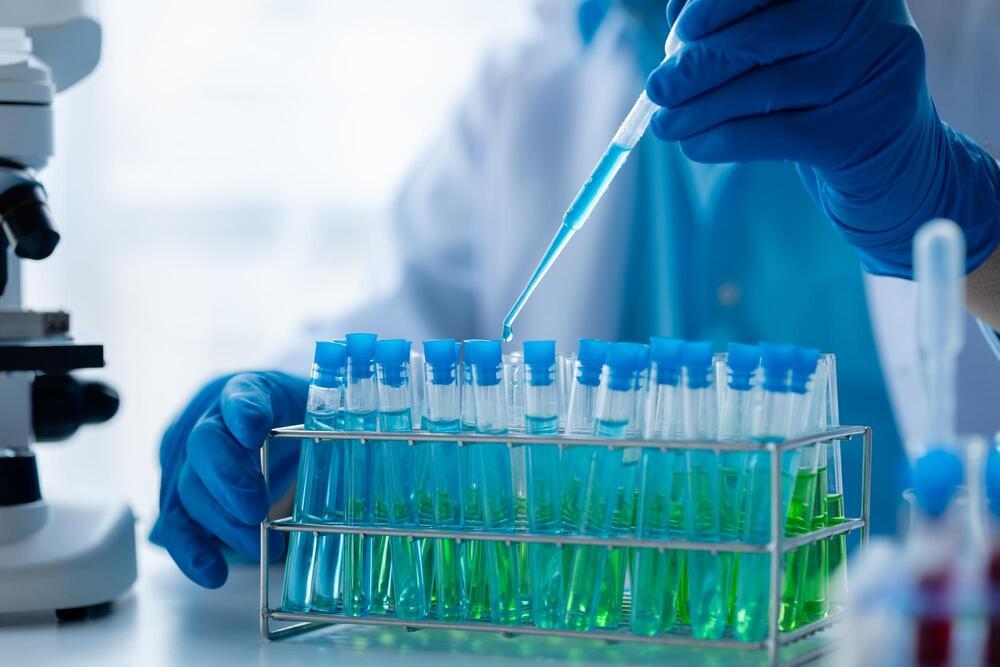Nearly a quarter of Portuguese adults have allergies that cause a runny nose. This respiratory disease, formally called allergic rhinitis and frequently associated with asthma, is a common problem around the world, and the upper airway is a key target for research into the underlying disease processes.
Now a global team of researchers has discovered that patients with allergy-induced sniffles and asthma have different fungal colonies or mycobiomes in their noses, suggesting potential lines of inquiry for future treatments.
“We showed that allergic rhinitis samples displayed a significantly higher fungal diversity and a different fungal community structure compared to those of healthy controls,” said Dr. Luís Delgado of the University of Porto, Portugal, one of the authors of the article in Frontiers in Microbiology. “This may suggest that allergic rhinitis increases the diversity and changes the composition of the upper airway’s microbiome.”


